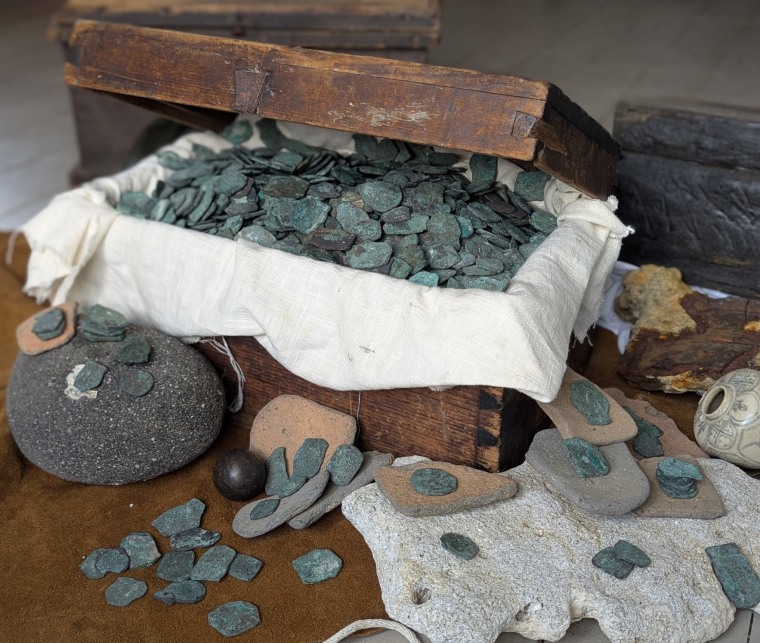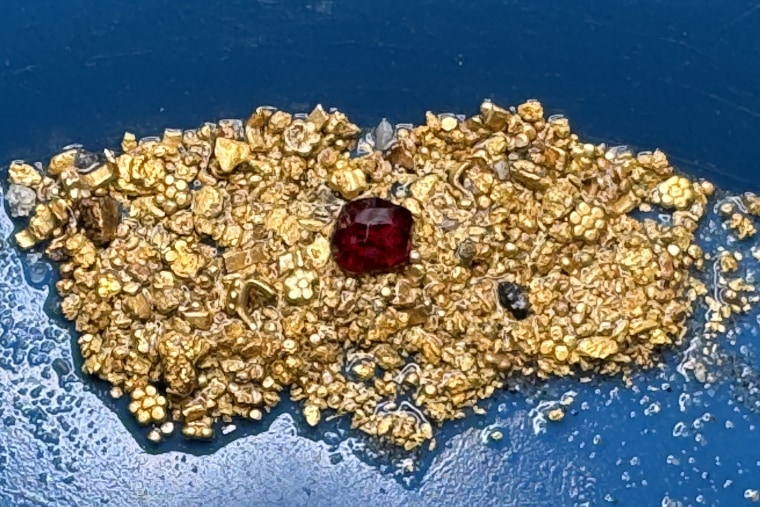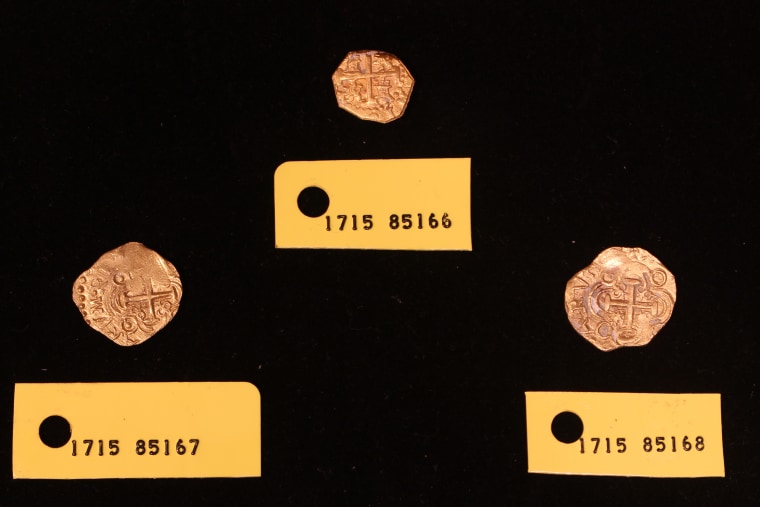$1M worth of coins recovered in Spanish shipwreck off Florida coast, treasure hunters say
More than 1,000 silver and gold coins collectively valued at about $1 million were recovered from an 18th-century shipwreck off the coast of Florida, a shipwreck salvage company said on Tuesday.
The company, 1715 Fleet Queens Jewels, LLC, stated in a news release that it recovered the coins this past summer off Florida’s “Treasure Coast,” or the southeastern region of the state.
The discovered treasure is allegedly part of the $400 million worth of gold, silver, and jewels lost by the Spanish treasure fleet during a hurricane in 1715, the company said.
“This discovery is not only about the treasure itself, but the stories it tells,” Sal Guttuso, the company’s director of operations, said in the press release. “Each coin is a piece of history, a tangible link to the people who lived, worked, and sailed during the Golden Age of the Spanish Empire.”

“Finding 1,000 of them in a single recovery is both rare and extraordinary,” he added.
1715 Fleet Queens Jewels stated that the coins — known as pieces of eight — were minted in the Spanish colonies of Mexico, Peru, and Bolivia. The company added that many of them still bear visible dates and mint marks, “making them important to historians and collectors alike.”
“The condition of the coins suggests they were part of a single chest or shipment that spilled when the ship broke apart in the hurricane’s fury,” the press release added.
Guttuso said in a phone call on Thursday that coins were found scattered in a concentrated area deep in the sand in July. He added that the coins are believed to have once been in a container, as some of them bear the pattern of a burlap sack imprinted on them.
“This is so much more than just the treasure itself. It’s about the story it tells. And your mind just sort of takes off and wanders,” he said. “We think they would have had these things in wooden boxes, and that makes sense because the wooden box degrades in the ocean, and once the box degrades, the sack degrades and the only thing that’s left are these silver coins.”
He added that one of the items found along with the coins is a royal lead seal bearing the impression of Philip II of Spain, who was the king of Spain in the mid-to-late 1500s.
“You can almost assume that this was a family heirloom,” he said. “This lead seal probably had an important document around it that may have given that family title to lands or positions.”


1715 Fleet Queens Jewels — which claims to own the exclusive salvage rights to the remains of the 1715 treasure fleet — stated that the recovered coins will undergo careful conservation before being displayed to the public, and that plans are underway for select pieces to be exhibited at local museums.
“Every find helps piece together the human story of the 1715 fleet,” Guttuso said. “We are committed to preserving and studying these artifacts so future generations can appreciate their historical significance.”
The U.S. District Court of Florida and Florida Gov. Ron DeSantis’ office did not immediately return requests for comment on the discovery.






